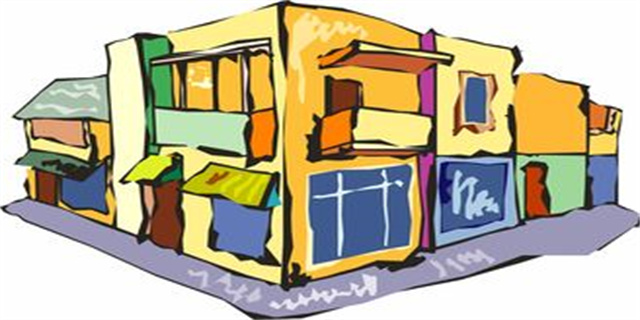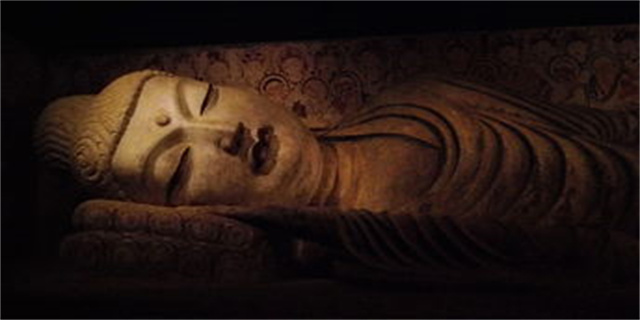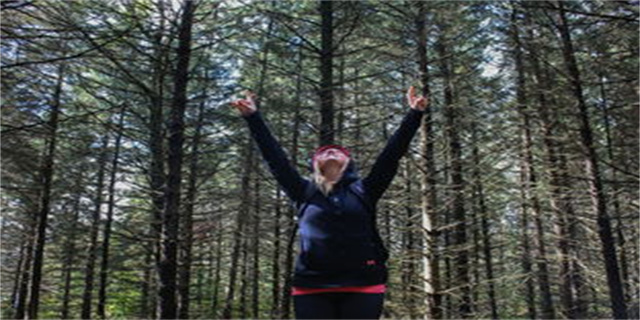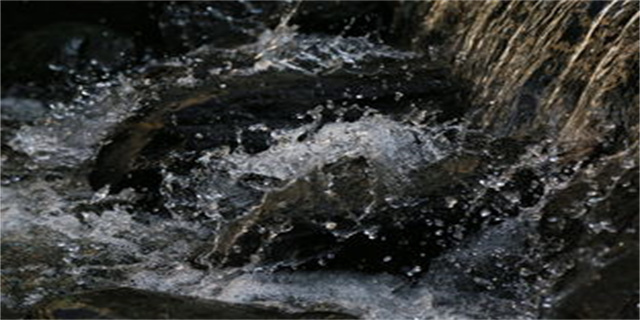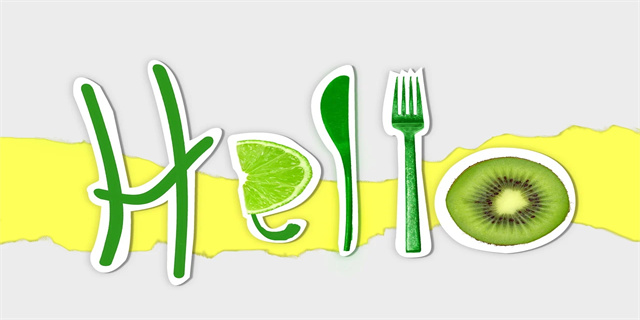最佳答案What is Mid-Autumn Festival?The Mid-Autumn Festival, also known as the Moon Festival, is a traditional Chinese festival celebrated on the 15th day of the 8th mo...
What is Mid-Autumn Festival?
The Mid-Autumn Festival, also known as the Moon Festival, is a traditional Chinese festival celebrated on the 15th day of the 8th month of the lunar calendar. It is one of the most important festivals in Chinese culture and is a time for family reunions and expressing gratitude. The festival is often associated with the worship of the moon and the appreciation of the moon's beauty.
Origin of Mid-Autumn Festival
The Mid-Autumn Festival has a history of over 3,000 years and its origins can be traced back to ancient China. The festival is believed to have its roots in the worship of the moon during the Shang Dynasty (1600-1046 BC) and became more popular during the Tang Dynasty (618-907 AD).
According to Chinese mythology, there was a beautiful woman called Chang'e who swallowed a elixir of immortality and flew to the moon, becoming a goddess. This legend gave rise to the tradition of moon worshipping during the Mid-Autumn Festival. People offer sacrifices to Chang'e and pray for good fortune and blessings.
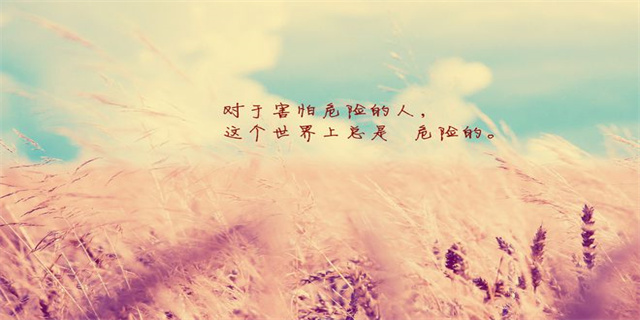
Traditions and Customs
The Mid-Autumn Festival is a time for family gatherings and sharing good food. One of the most iconic customs of the festival is the eating of mooncakes. Mooncakes are round pastries with various fillings such as lotus seed paste, red bean paste, and salted egg yolks. They symbolize reunion and are often given as gifts to family and friends.
Another tradition involves lanterns. People of all ages take to the streets with beautifully decorated lanterns, creating a vibrant and festive atmosphere. Lanterns can come in various shapes and sizes, ranging from animal designs to traditional red lanterns with intricate patterns.
Additionally, admiring the moon is an essential part of the Mid-Autumn Festival. It is believed that the moon is at its brightest and roundest on this day, signifying togetherness and unity. Families gather outdoors to appreciate the moon's beauty, often while enjoying mooncakes and tea.
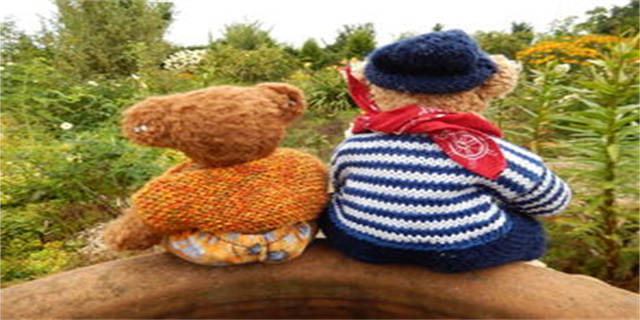
Furthermore, there are various regional customs associated with the Mid-Autumn Festival. For example, in southeastern China, people indulge in the practice of \"floating river lanterns\" by releasing brightly lit lanterns on rivers to create a breathtaking view.

Modern Celebrations
In modern times, the Mid-Autumn Festival has evolved and taken on new forms. While the traditional customs and rituals still hold strong, people have found creative ways to celebrate the festival.
One popular activity is the lantern procession. Many cities organize lantern parades where people carry or wear lanterns of different shapes and sizes, moving through the streets and creating a captivating display of light and colors.
Another modern trend is the use of technology to celebrate the festival. With the rise of social media, people showcase their decorative lanterns, creative mooncake designs, and moon-watching experiences online, allowing others to join in the festivity virtually.
The Mid-Autumn Festival has also become a platform for cultural exchange. It is not only celebrated in China, but also in various parts of the world where there are Chinese communities. These communities come together to organize cultural events, performances, and mooncake tastings to share the beauty and significance of the festival with others.
In Conclusion
The Mid-Autumn Festival, with its rich history and diverse traditions, holds a special place in the hearts of the Chinese people. It is a time for family, gratitude, and reflection. Whether through the indulgence in mooncakes, the admiration of the moon, or the sharing of lanterns, the festival brings people together and symbolizes unity. The Mid-Autumn Festival is not only a cultural celebration, but also a reminder of the importance of cherishing our loved ones and being grateful for the moments of togetherness in our lives.


